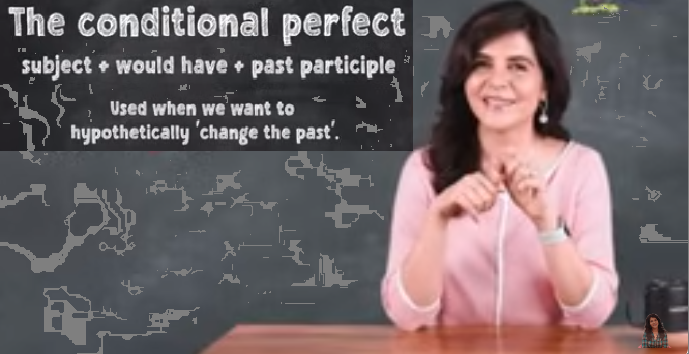Let's dive deep into the Conditional Perfect tense, including how to form it, when to use it, and examples at various proficiency levels, from beginners to advanced learners.
What is the Conditional Perfect?
In both Spanish and English, the Conditional Perfect verb tense is utilized to express hypothetical actions or events that would have taken place in the past if specific conditions had been met. To form this tense, the conditional form of the auxiliary verb "have" is combined with the past participle of the main verb. This means that when we want to alter the past, we employ the Conditional Perfect.
Formation:
In English, the Conditional Perfect is formed by using a conditional auxiliary ("would have", "should have", "might have", or "could have") followed by the past participle of the main verb.
Beginner Level:
At the beginner level, we use the Conditional Perfect to express simple hypothetical situations in the past.
Formation:
- Subject
+ "would have" or "could have" + past participle
- She
would have gone to the party if she had been invited.
- They
could have passed the test if they had studied more.
Intermediate Level:
You can use the Conditional Perfect to discuss more complex scenarios involving conditional clauses as proficiency grows.
Formation:
- Subject
+ "would have" or "could have" + past participle
- If
I had known you were coming, I would have baked a cake.
- He
could have become a doctor if he had pursued medicine.
Advanced Level:
At the advanced level, you can employ the Conditional Perfect to convey actions that would have occurred before other past activities, using the past perfect in combination with it.
Formation:
- Subject
+ "would have" or "could have" + past participle +
"had" + past participle (of the main verb)
- By
the time I arrived, she would have already finished her presentation.
- If
they had followed the instructions, they could have avoided the mistake.
The Conditional Perfect tense helps us delve into past hypothetical situations, adding more meaning and complexity to our conversations. It allows us to talk about alternate realities and potential outcomes, which can encourage both creative and reflective thinking. As language learners, it's important to practice using this tense in order to express past possibilities with certainty and clarity. So, don't forget to incorporate it into your conversations and written work to improve your language abilities.

